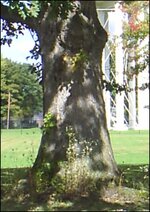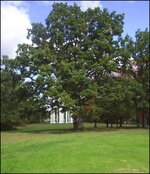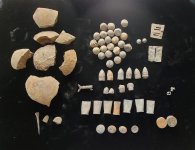littleneckhalfshell
Sr. Member
- Jun 21, 2005
- 335
- 81
The area is the northern catskills of NY, while out hunting I ran across a series of right angle bent trees.
They are bent 90 degrees about a foot off the ground and then there is another right angle bend about
another foot to bring them to grow straight up. Now I have seen trees like this before, but there must
be a half dozen of them at least. They are all bent in the same direction. They are all in a row maybe
about three or four feet apart from what I remember. Diameter of the trees is small, maybe only 4 or 5
inches, some kind of pine or cedar. Any idea what this might be? Just a survey line? or pointing to
something else?
They are bent 90 degrees about a foot off the ground and then there is another right angle bend about
another foot to bring them to grow straight up. Now I have seen trees like this before, but there must
be a half dozen of them at least. They are all bent in the same direction. They are all in a row maybe
about three or four feet apart from what I remember. Diameter of the trees is small, maybe only 4 or 5
inches, some kind of pine or cedar. Any idea what this might be? Just a survey line? or pointing to
something else?






